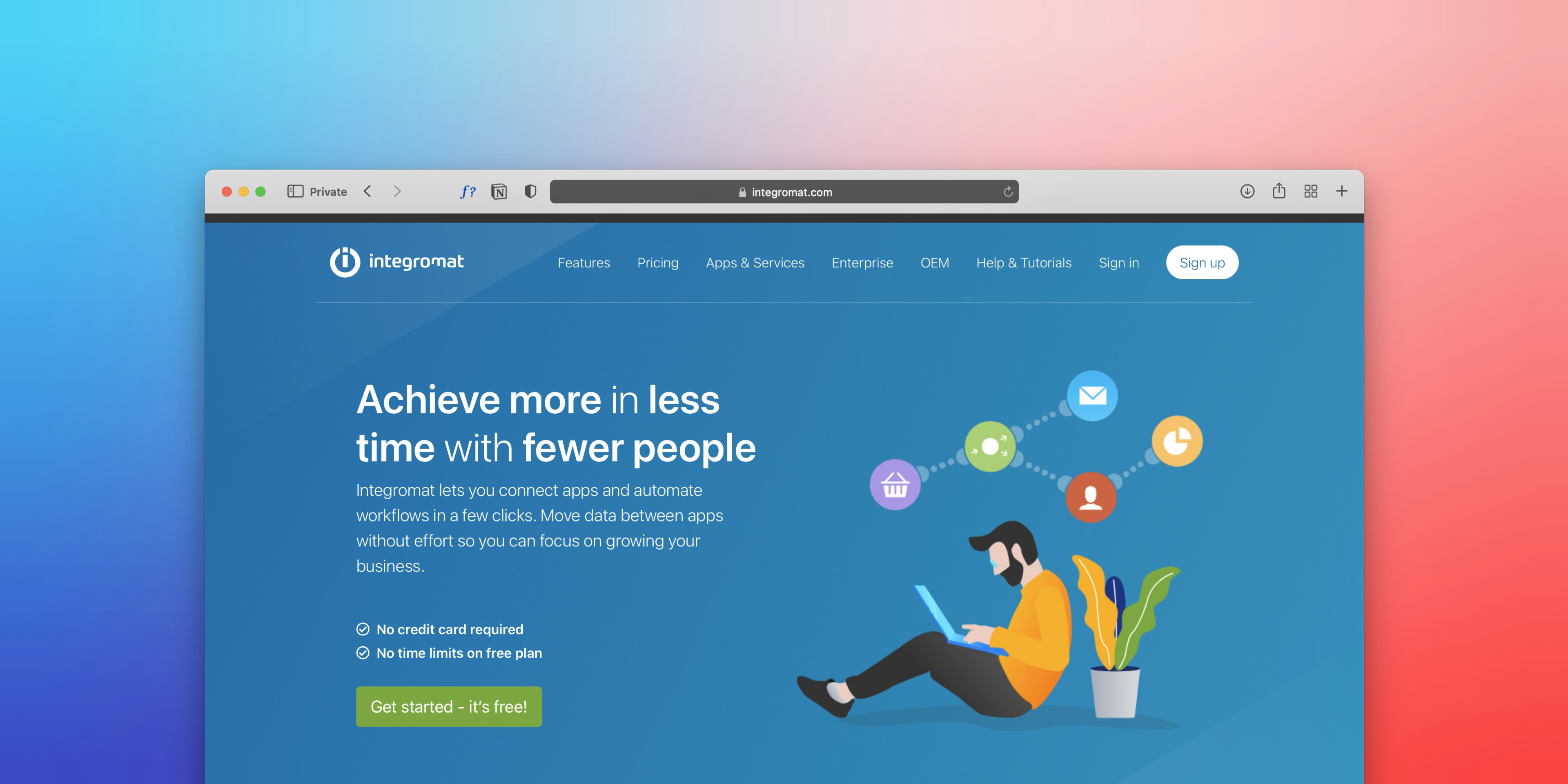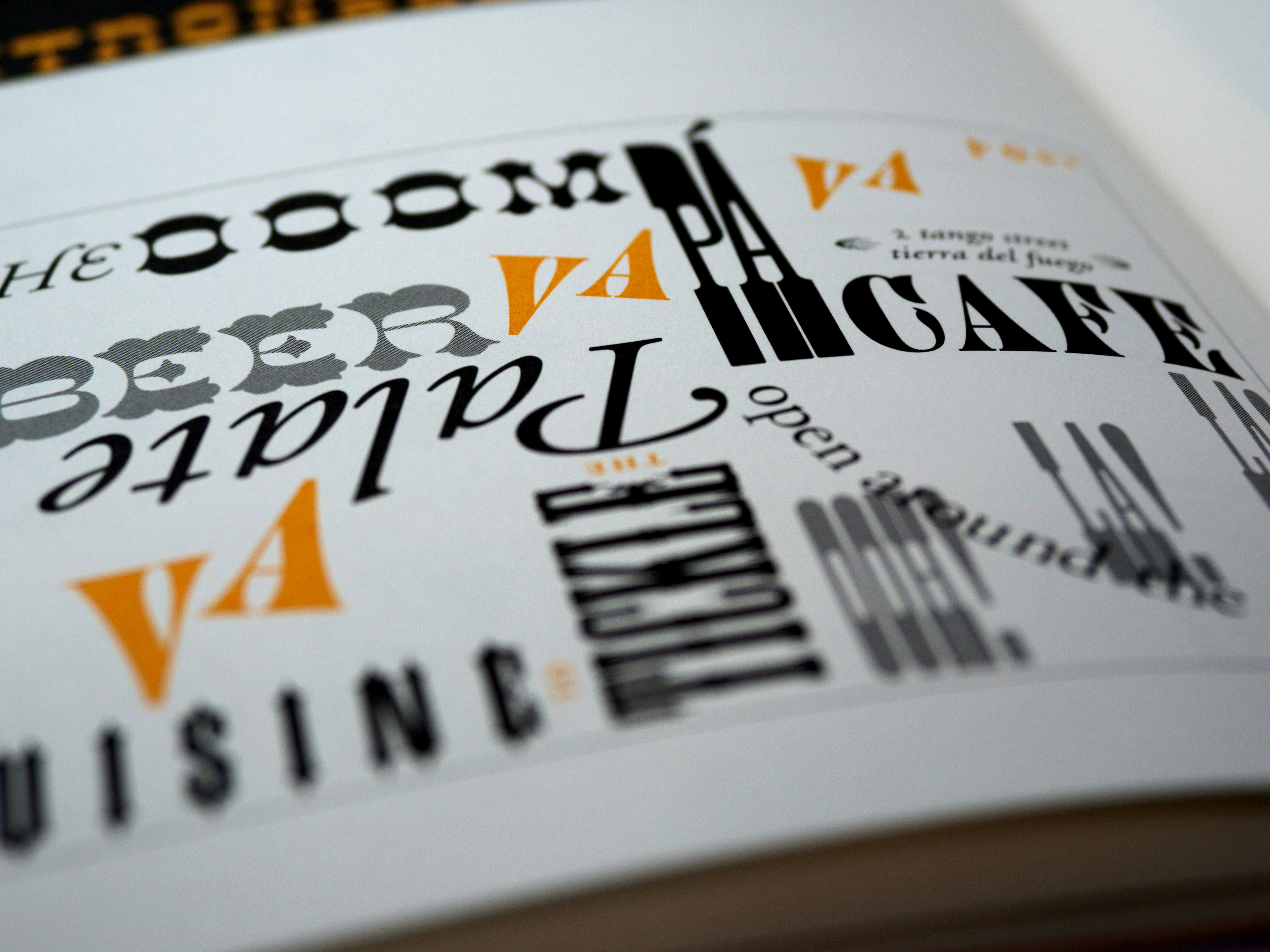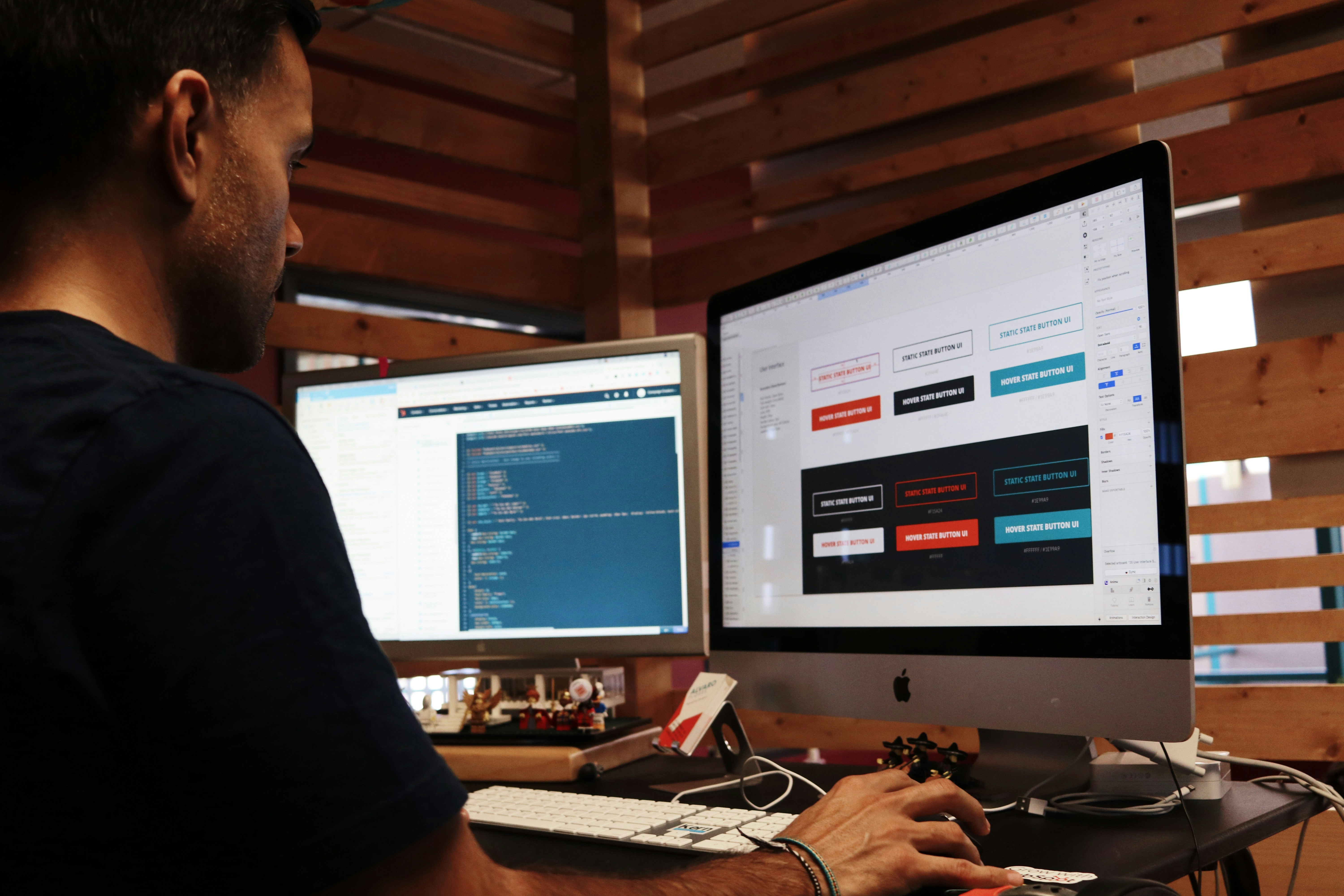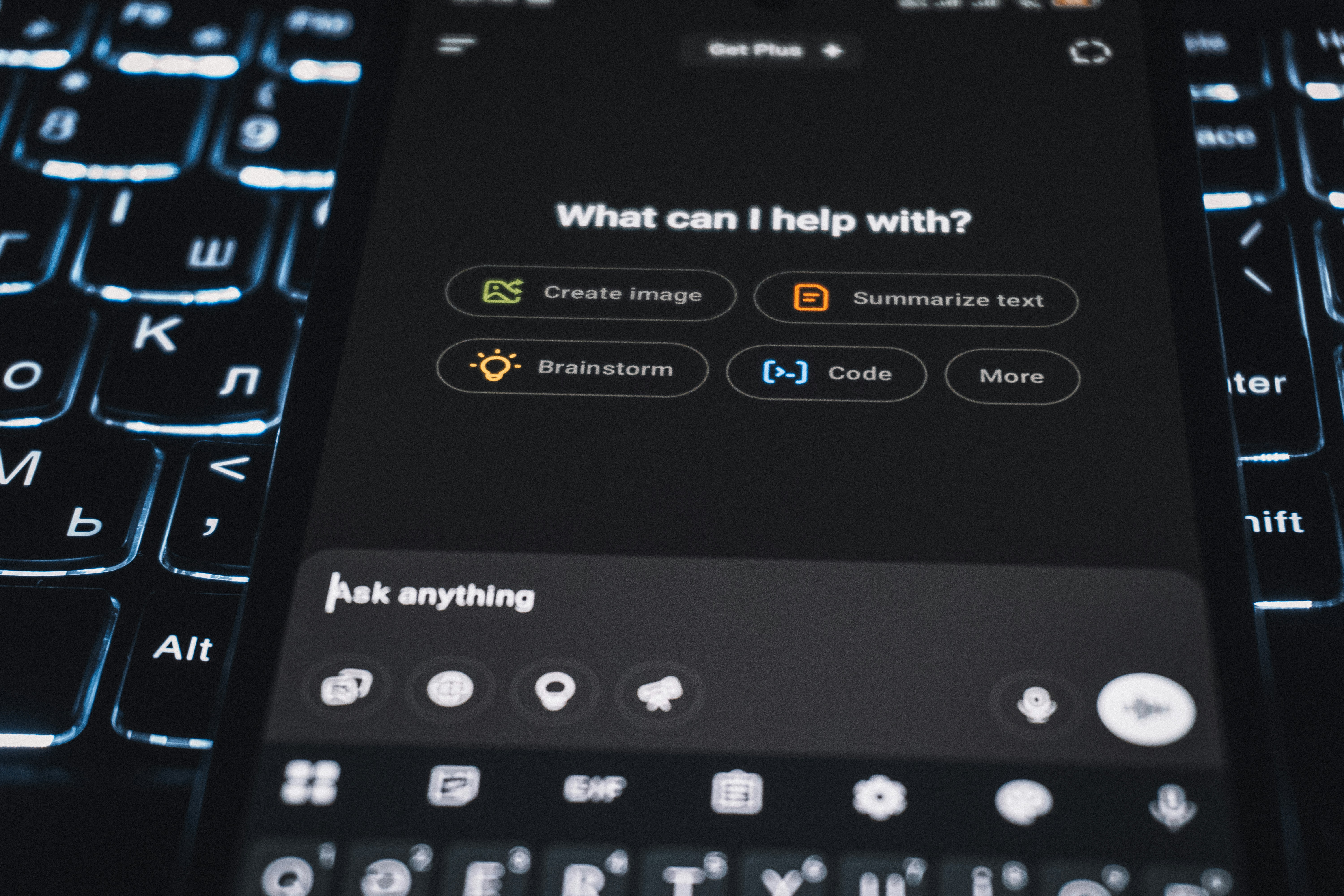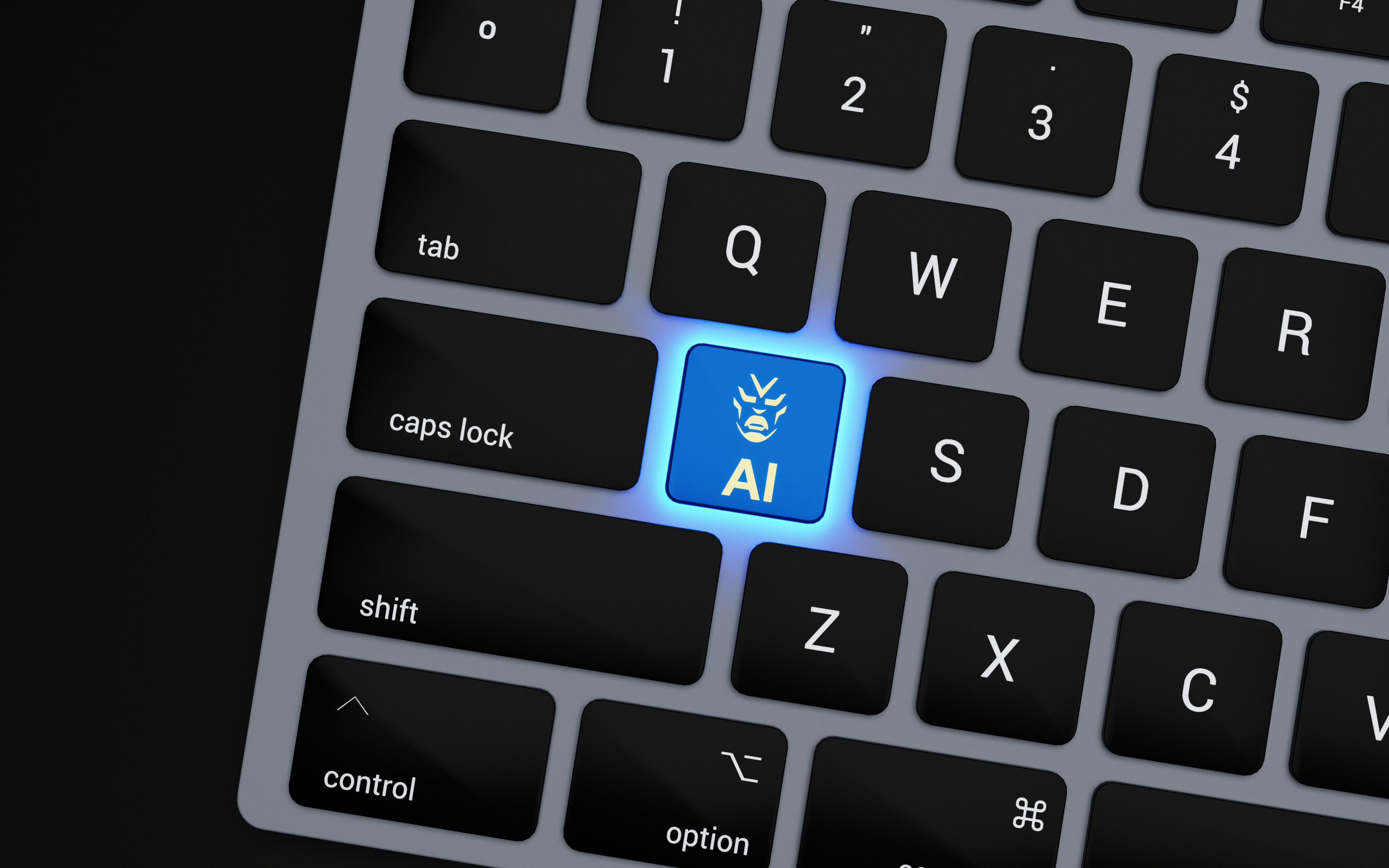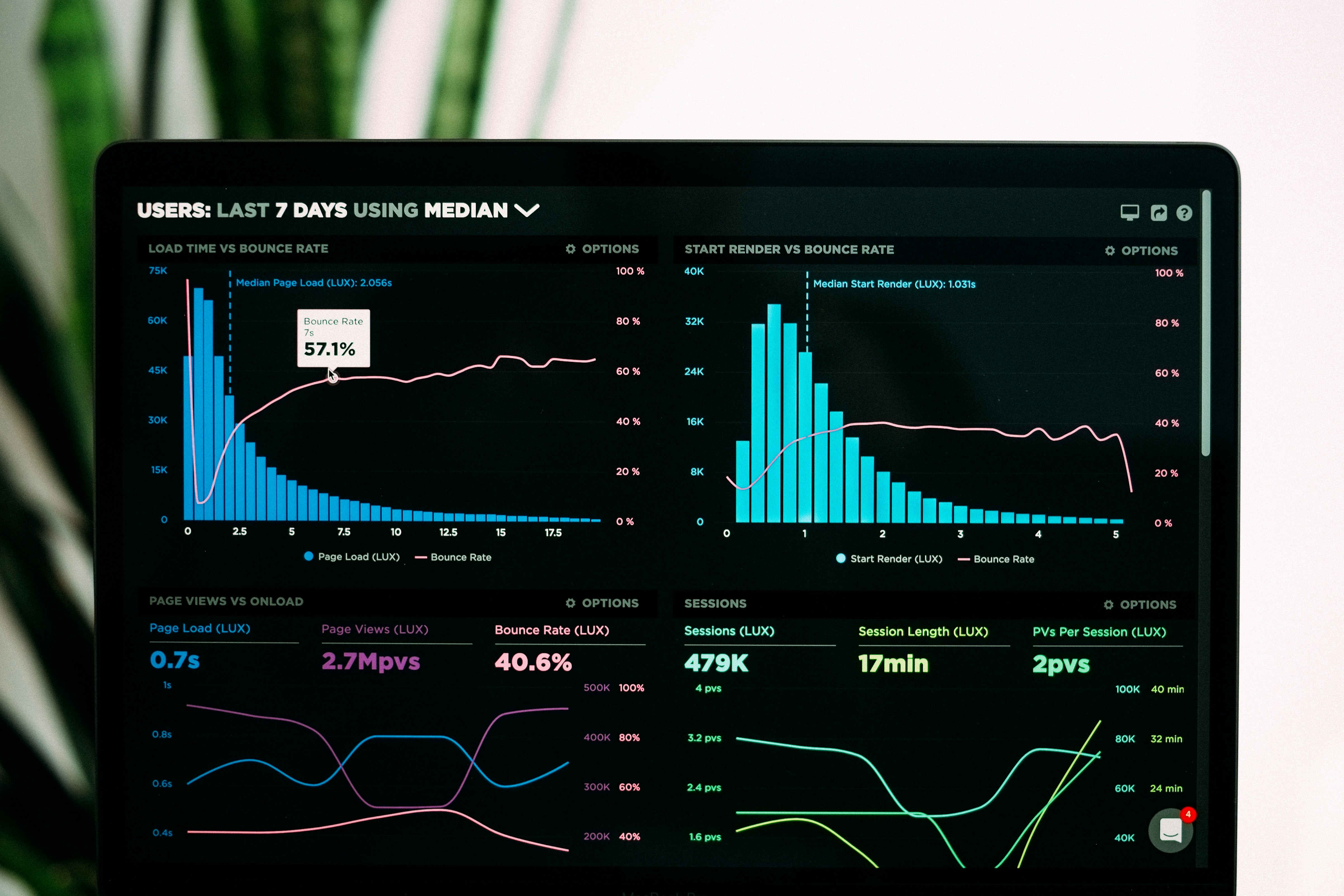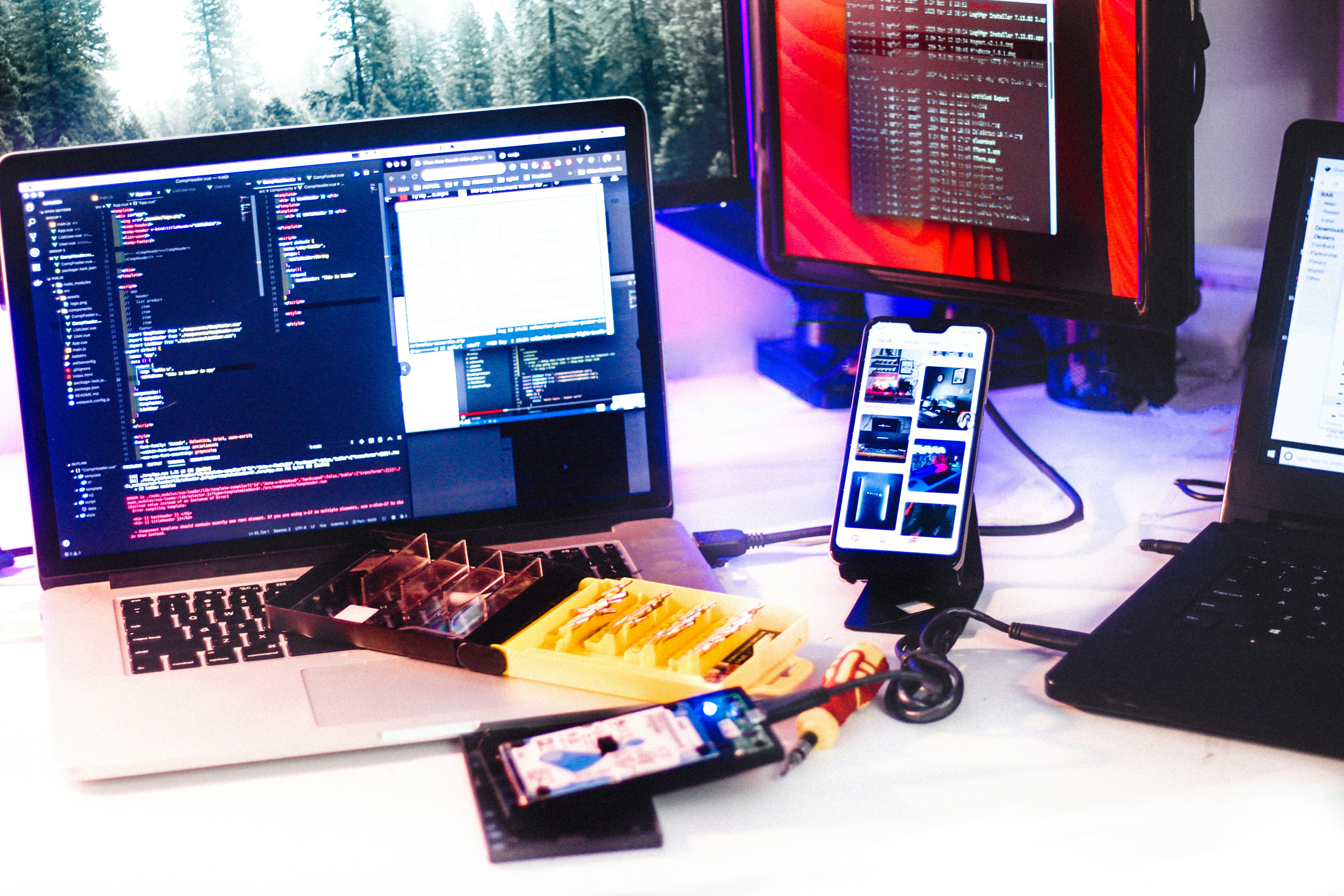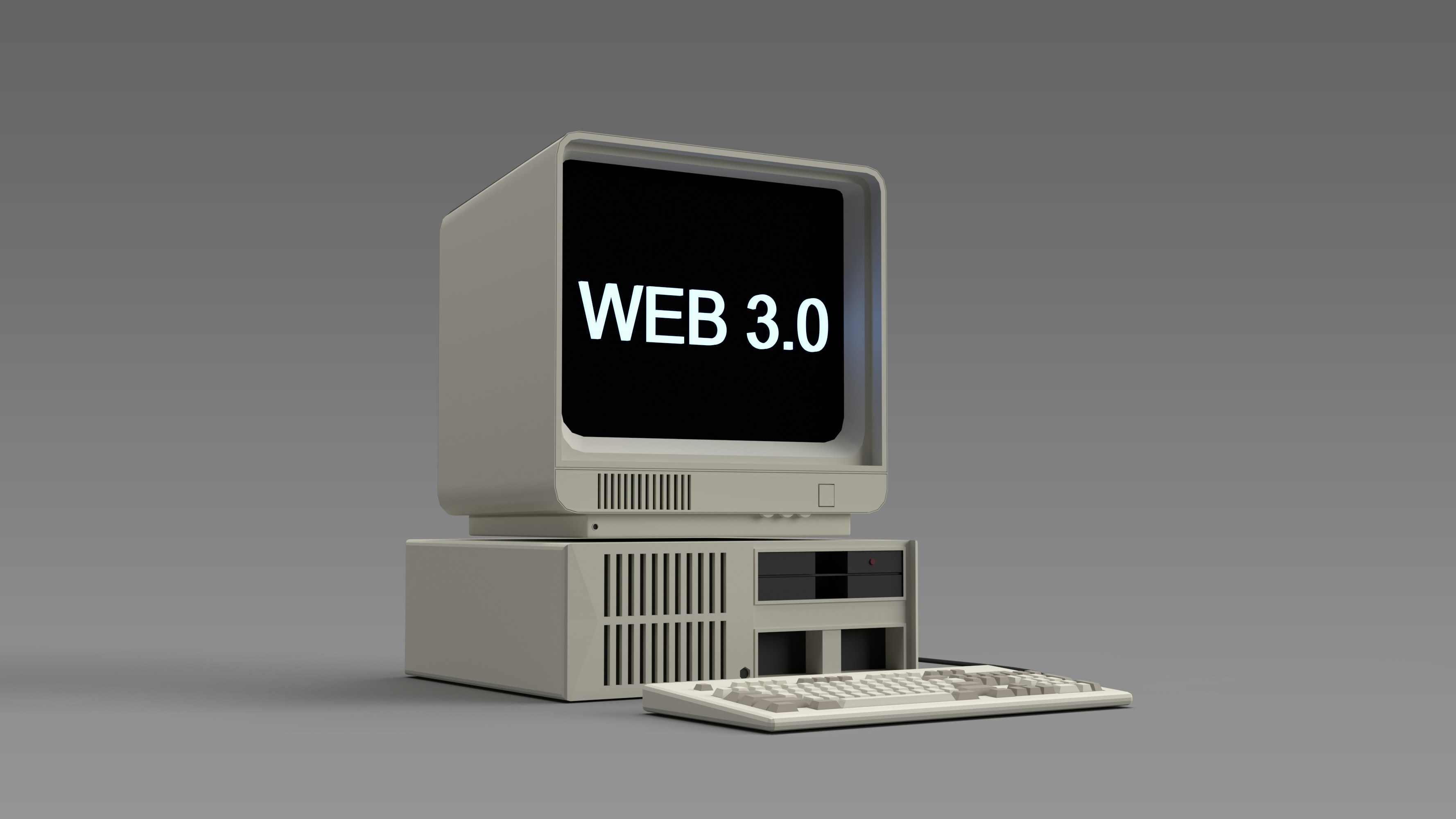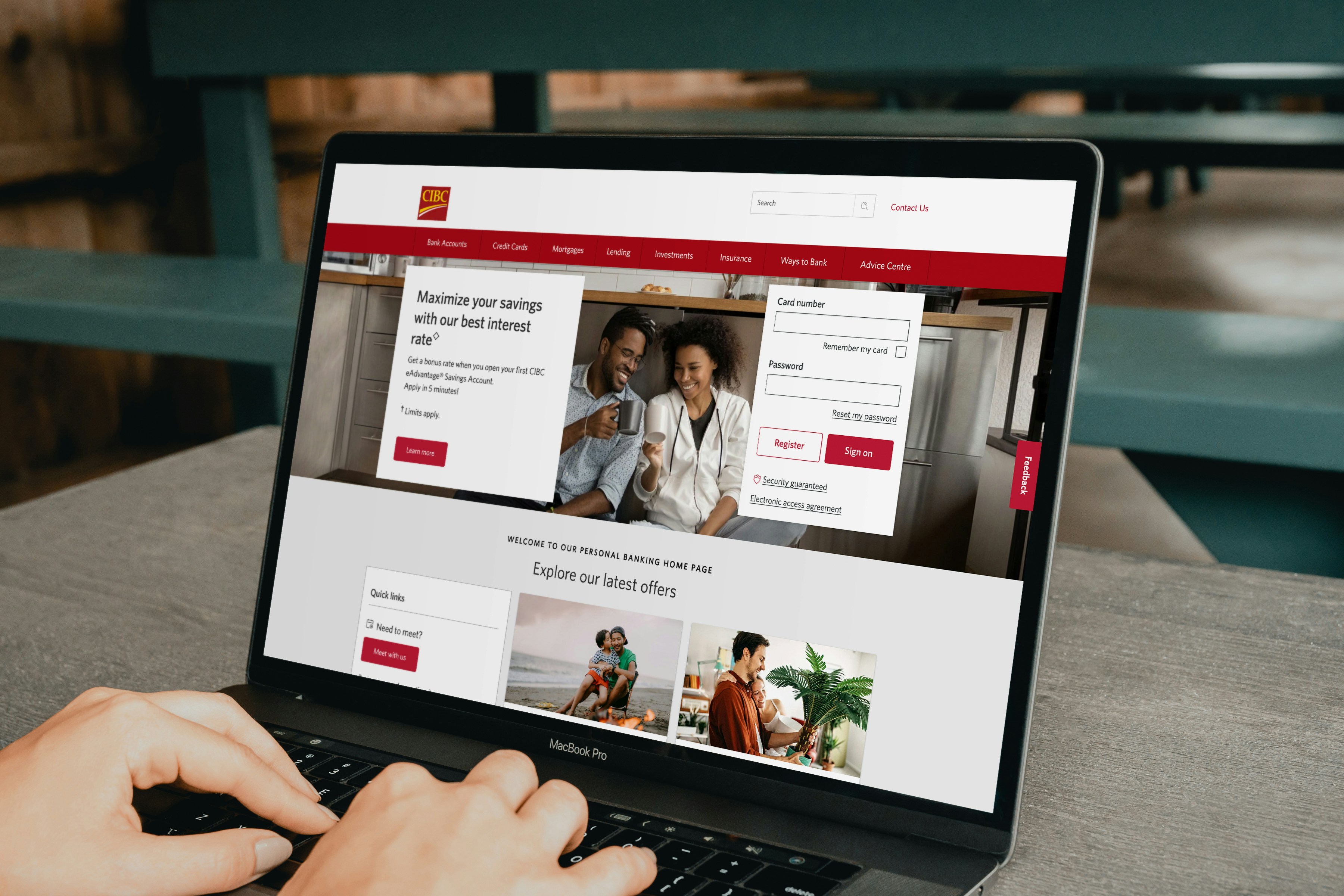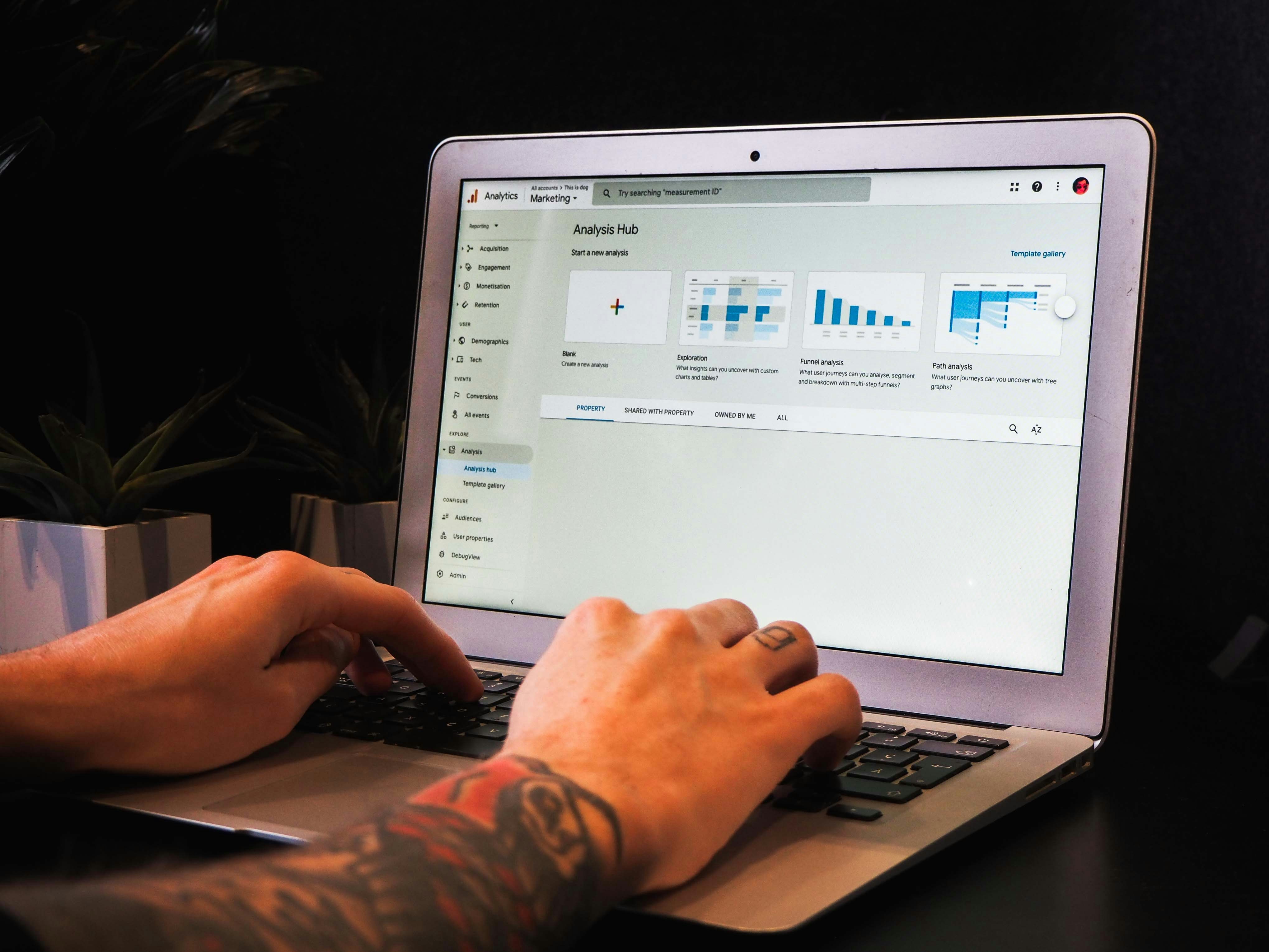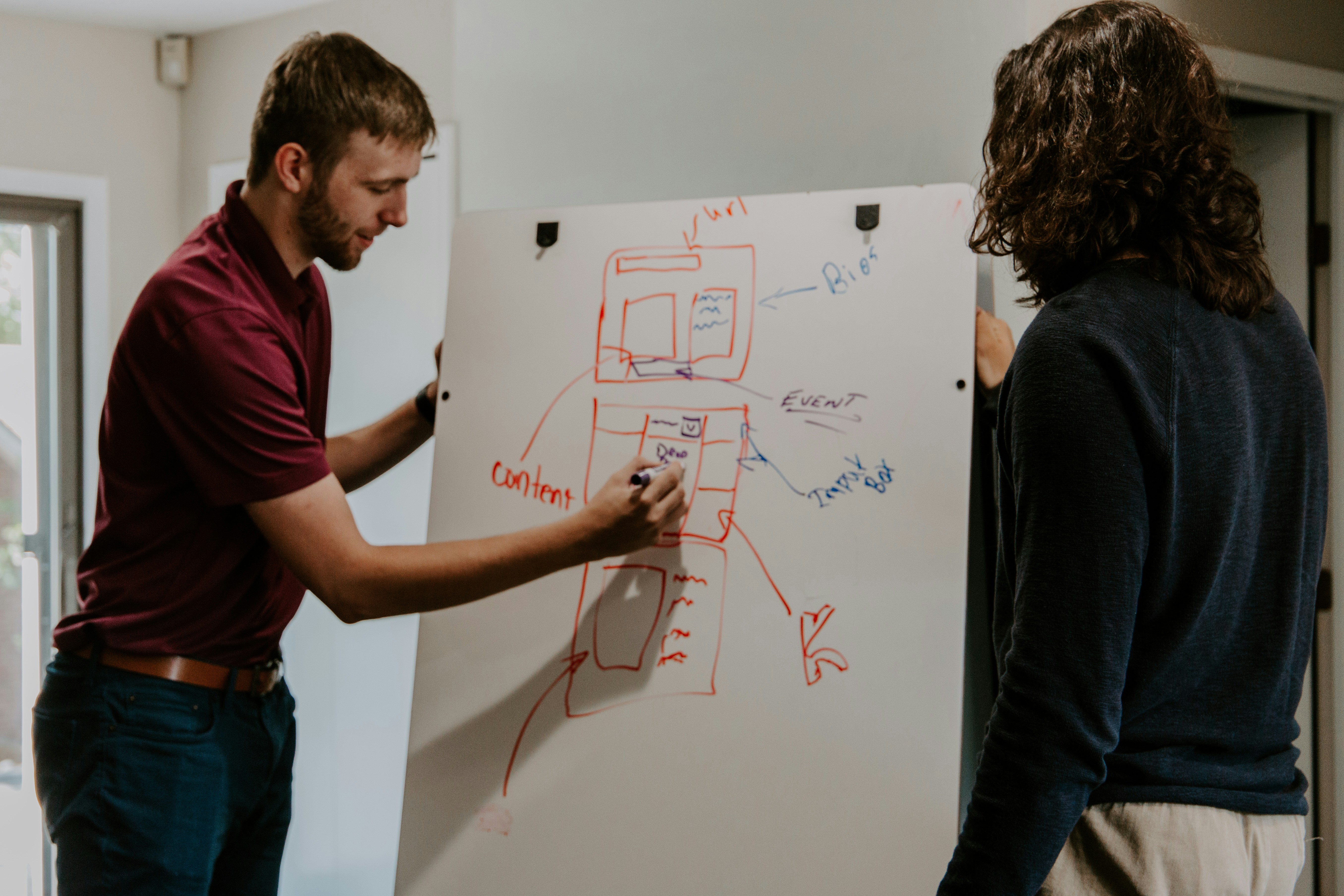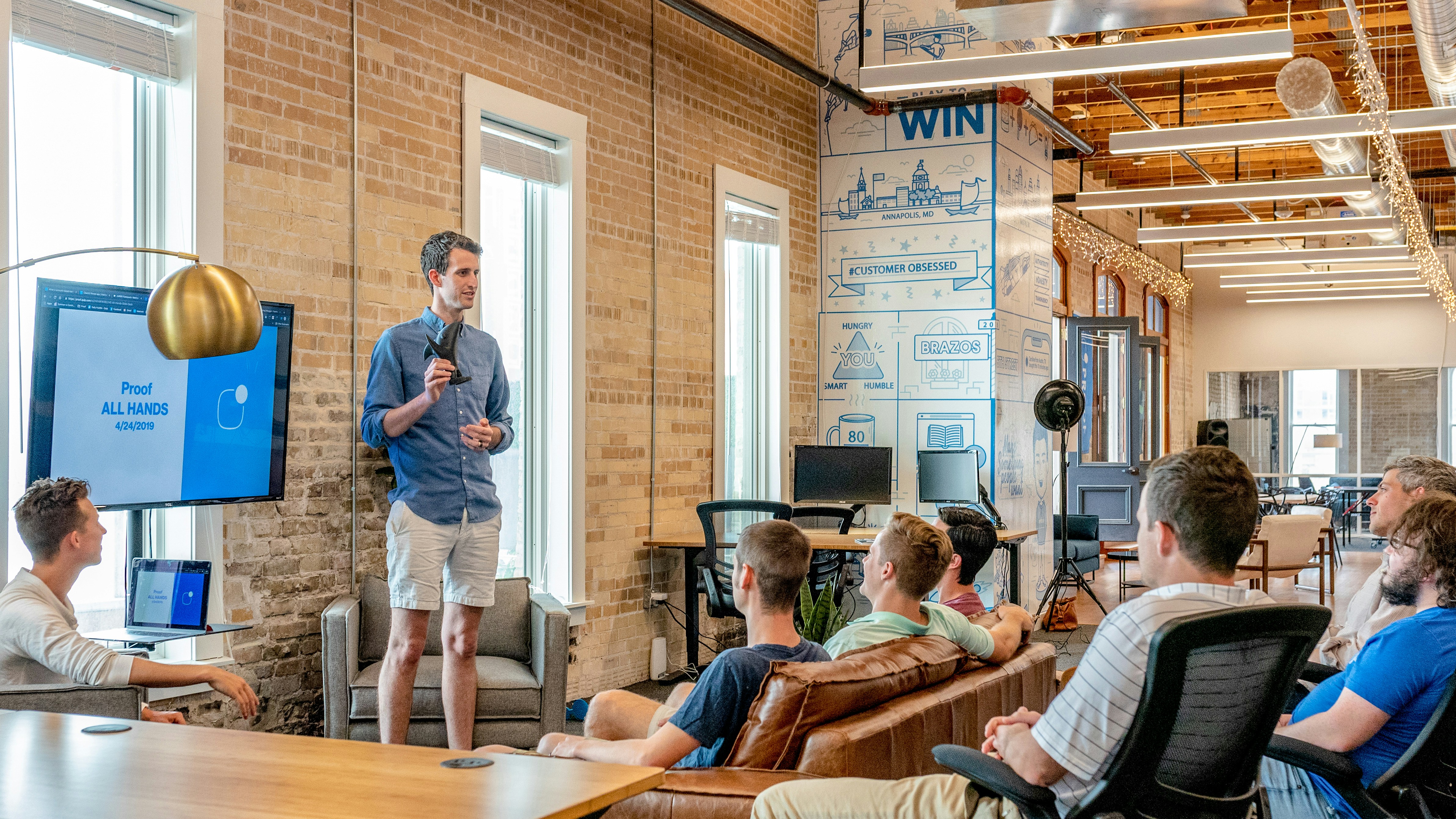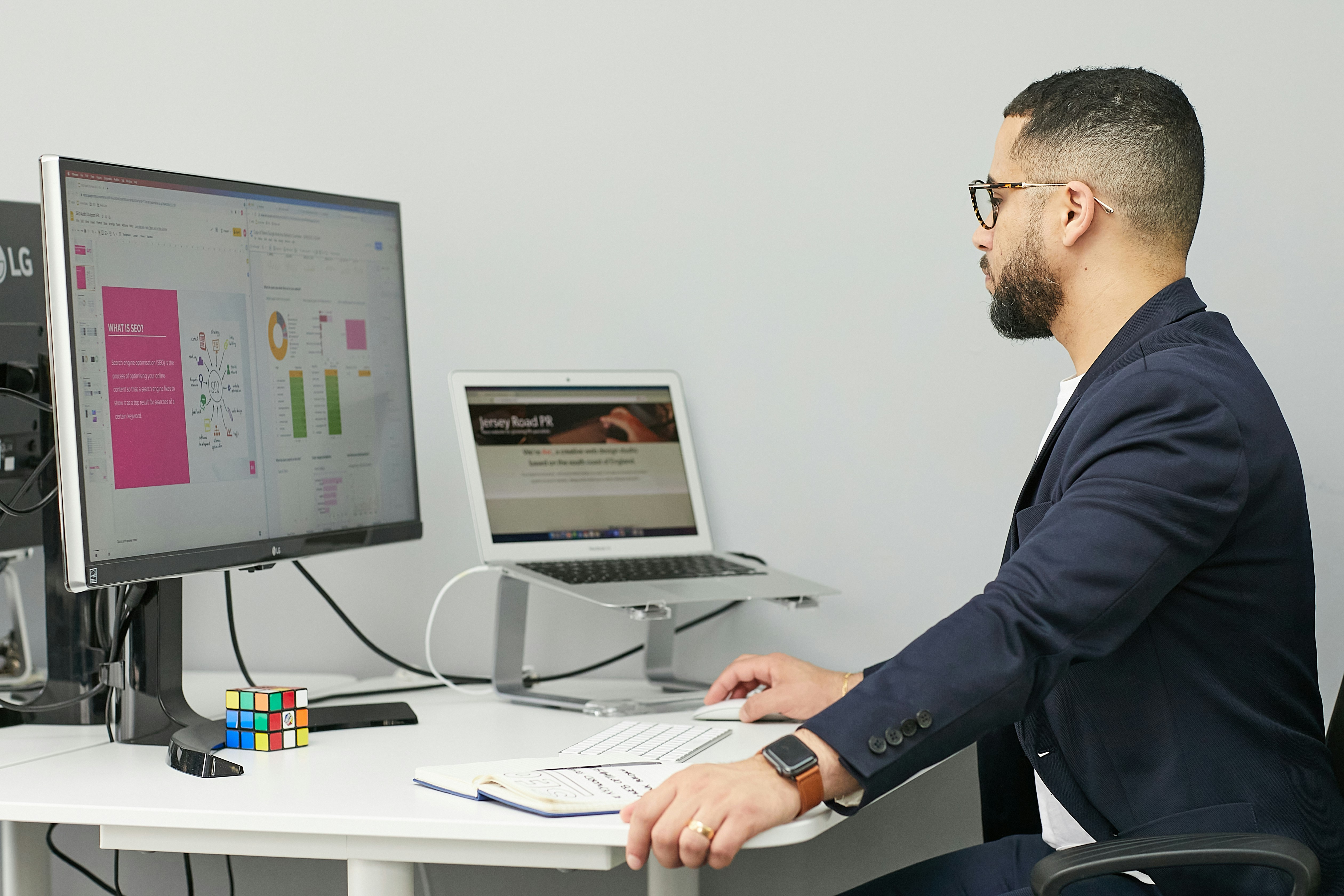Headless CMS vs Traditional CMS: What’s the Difference?
When you’re building or redesigning your website, you’ll inevitably come across the term CMS — a Content Management System that lets you manage your site’s content. You may have also heard of a headless CMS and wondered what exactly that means. Is it something new, something technical, or something you, as a business owner, actually need?
To understand that, it’s helpful to first look at how a traditional CMS works and why the “headless” version takes a different approach.
What Is a Traditional CMS?
A traditional CMS — think of popular systems like WordPress, Joomla, or Drupal — combines two key elements in one environment: the content and the presentation of your website. You write text, upload images, and determine how everything looks using a theme or template. Everything is connected within one platform.
That setup has clear advantages. Without any technical knowledge, you can quickly create and manage a website. Many traditional CMS platforms include built-in tools for launching a blog, portfolio, or business site. You log in, make edits, and publish with just a few clicks.
However, this model also comes with limitations. Because the content and design are tied together, it’s often difficult to reuse your content on other platforms. If you want to share the same information in a mobile app, external webshop, or even on digital displays in your store, you’ll likely face technical hurdles.
Traditional CMS platforms also tend to require a developer for more advanced customization. Adding new features, integrations, or custom designs can easily cost thousands of euros — not to mention ongoing maintenance and update fees.
What Is a Headless CMS?
A headless CMS takes a completely different approach. Instead of one system controlling both content and design, it separates the two entirely. The CMS stores your content — text, images, and data — in one central place and delivers it via an API to any platform you choose: your website, mobile app, email campaigns, or even a smartwatch.
This setup offers incredible flexibility. You can create your content once and use it everywhere, without having to duplicate it for each channel. For larger companies or brands managing multiple digital platforms, this is a huge advantage.
But a headless CMS isn’t ideal for everyone. It’s generally more technical to configure and almost always requires a developer to build integrations and design the presentation layer. For small business owners, freelancers, or startups, that added complexity and cost often outweigh the benefits.
Where Does Temblit Fit In?
Temblit brings together the best of both worlds. It offers the ease of use of a traditional CMS combined with the flexibility of modern technology. You can create pages, edit text, and upload images — all without writing a single line of code. At the same time, Temblit’s structured approach to content makes it easy to reuse and manage across your site.
What truly sets Temblit apart is that it’s an all-in-one platform. You get everything you need in one subscription — website builder, hosting, domain name, security, and support — all included. No separate accounts, no complicated integrations, and no need to hire a developer for basic functionality. You stay in control while saving thousands in development costs.
Which CMS Is Right for You?
That depends on your goals and technical needs. A large company managing multiple digital channels and custom applications may benefit from the scalability of a headless CMS.
But if you’re a freelancer, coach, small business owner, or startup who wants a professional, high-performing website that’s easy to manage, Temblit is the smarter choice.
With Temblit, you get a modern, flexible website you can fully control — no technical hassle, no external dependencies, just an intuitive system that grows with your business.






